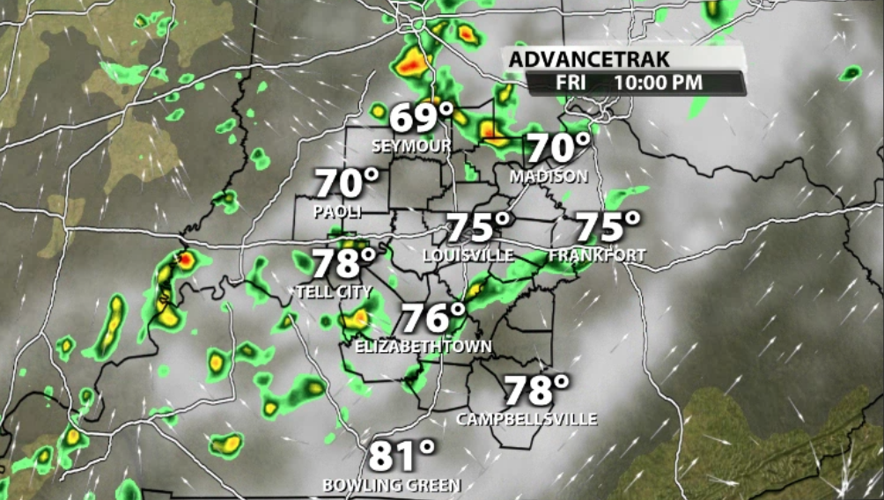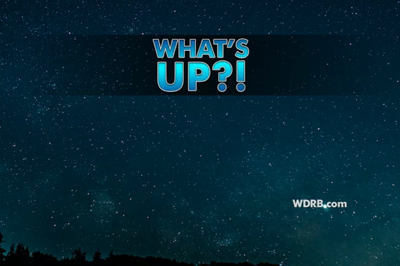The week ahead brings some great opportunities to look up in the night sky and identify a few easy-to-find celestial objects!

First up is another long-duration pass of the International Space Station tonight! At 9:52 PM the ISS will become visible near the western horizon. Look toward where the sun is setting then angle yourself a smidge more toward the south. The space station will be visible for seven minutes as it flies across our view and disappears along the northeastern horizon. At its highest point, the International Space Station will be at 55 degrees elevation which is nearly 2/3 of the way up the sky. There will be some clouds and storms in the area by that time, but not everyone will have their view obstructed.

Next week will provide a better opportunity to watch for planets in the night sky. Saturn, Jupiter, Venus, and Mars will all be visible and will be around the moon July 20-21 making them easier to locate. Venus will be the hardest to see because it will appear so low on the horizon. The only way to see this is with a clear view of the horizon, unobscured by trees, hills, buildings, etc. You will want to look for Mars and Jupiter in the eastern sky during the early morning hours before dawn. Mars has a bit more of a red appearance, and Jupiter is the second-brightest right now (behind Venus). Once you locate these two planets, they appear to form a line that points you to Saturn which is fainter a little harder to locate on its own.

Look for the Moon between Mars and Jupiter on the morning of July 20, and right next to Mars the following morning, on July 21. Credit: NASA/JPL-Caltech
If you spot any of these objects or snap a picture of them, let us know on social media!














